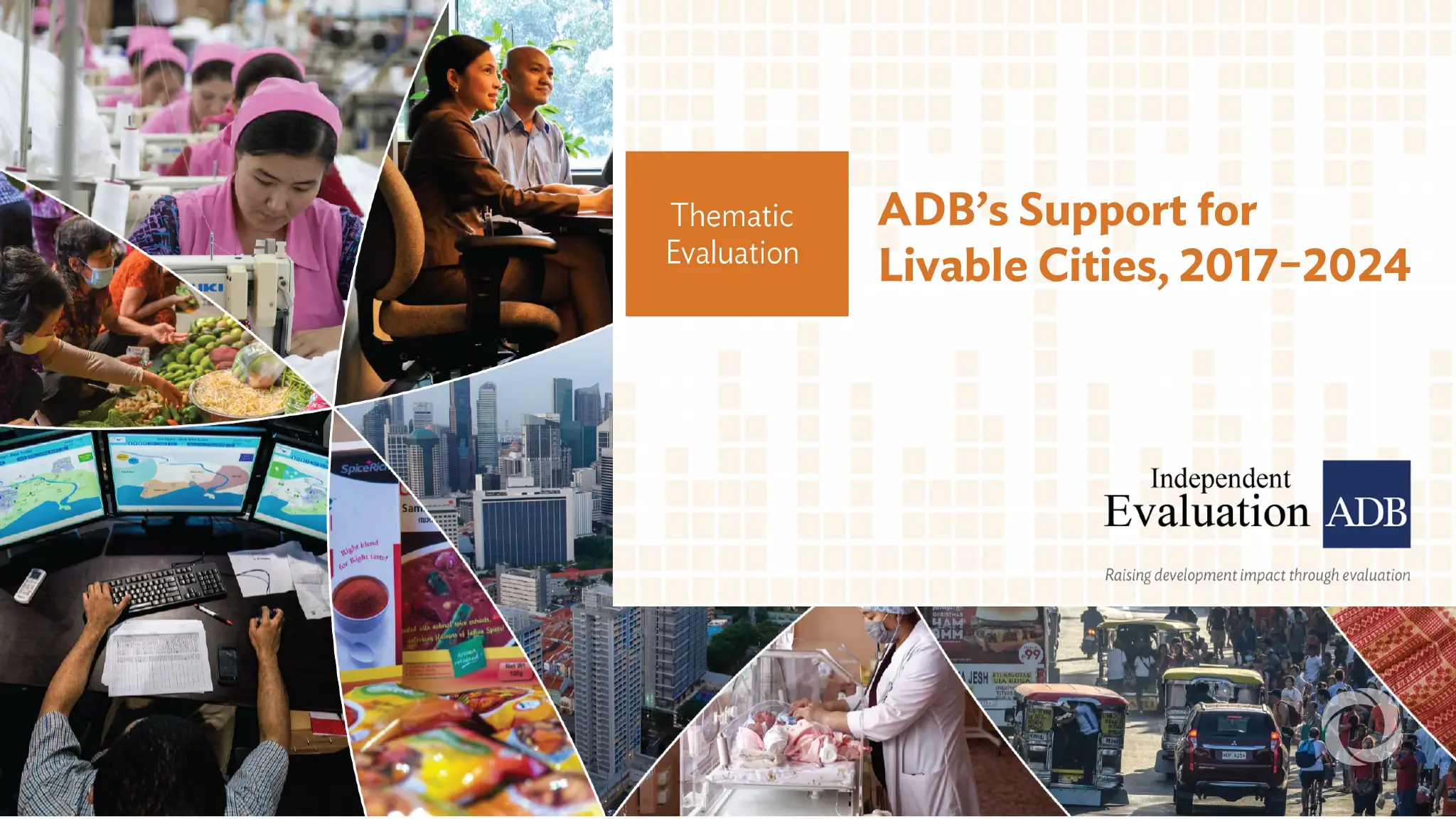The Asian Development Bank (ADB) needs to work better with city governments and stop working in silos if it wants to actually fix Asia’s urban mess, according to a new ADB evaluation of the bank’s livable cities program. The review checked out ADB projects from 2017 to 2024.
While the bank has helped cities across the region, it could do way more if different departments talked to each other and if staff worked directly with mayors and local officials. Cities are growing fast and falling apart at the same time. The evaluation found ADB has trouble tracking whether its projects actually help people.
ADB funds water systems, roads, and transit projects as millions move to cities that can barely handle the crowds they already have. But these projects often don’t connect with each other or fit into national development plans. The bank’s project indicators are often so vague that nobody can tell if the work made life better for anyone.
“Improving urban livability is a priority for ADB, especially as cities across the region face mounting pressures from rapid urbanization, infrastructure gaps, and environmental challenges,” said evaluation boss Emmanuel Jimenez. The bank’s setup makes it hard to tackle multiple city problems at once. Other development banks work straight with mayors, but ADB has been slow to try this.
Team leader Sung Shin said better staff training and direct work with local governments could turn livability goals “into more tangible outcomes.” The bank’s internal systems don’t reward different departments for working together on the same cities.
The evaluation wants ADB to get better at diagnosing urban problems, line up projects with country plans, and lend money directly to cities instead of just going through national governments.

